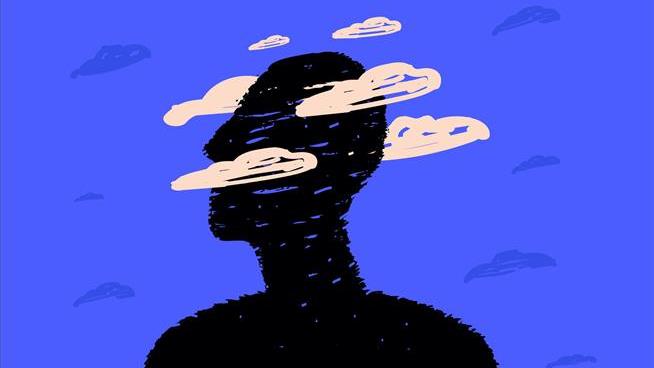

These skills are so foundational that when they crumble, much of a person’s cognitive edifice collapses. At its core, Hellmuth said, it is almost always a disorder of “executive function”-the set of mental abilities that includes focusing attention, holding information in mind, and blocking out distractions. It is not a mood disorder: “If anyone is saying that this is due to depression and anxiety, they have no basis for that, and data suggest it might be the other direction,” Joanna Hellmuth, a neurologist at UC San Francisco, told me.Īnd despite its nebulous name, brain fog is not an umbrella term for every possible mental problem. It is not psychosomatic, and involves real changes to the structure and chemistry of the brain. For Davis, it has been distinct from and worse than her experience with ADHD. It is more profound than the clouded thinking that accompanies hangovers, stress, or fatigue. Long-haulers with brain fog say that it’s like none of the things that people-including many medical professionals-jeeringly compare it to. And it can affect young people in the prime of their mental lives. It can afflict people who were never ill enough to need a ventilator-or any hospital care. But 20 to 30 percent of patients report brain fog three months after their initial infection, as do 65 to 85 percent of the long-haulers who stay sick for much longer. It wasn’t even included in the list of possible COVID symptoms when the coronavirus pandemic first began. Of long COVID’s many possible symptoms, brain fog “is by far one of the most disabling and destructive,” Emma Ladds, a primary-care specialist from the University of Oxford, told me. The fog “is so encompassing,” she told me, “it affects every area of my life.” For more than 900 days, while other long-COVID symptoms have waxed and waned, her brain fog has never really lifted. Her inner world-what she calls “the extras of thinking, like daydreaming, making plans, imagining”-is gone. Former mundanities-buying food, making meals, cleaning up-can be agonizingly difficult. Her memory, once vivid, feels frayed and fleeting. She once worked in artificial intelligence and analyzed complex systems without hesitation, but now “runs into a mental wall” when faced with tasks as simple as filling out forms. It was also her first experience with the phenomenon known as “brain fog,” and the moment when her old life contracted into her current one.

In hindsight, that was the first sign that she had COVID-19. On March 25, 2020, Hannah Davis was texting with two friends when she realized that she couldn’t understand one of their messages.


 0 kommentar(er)
0 kommentar(er)
